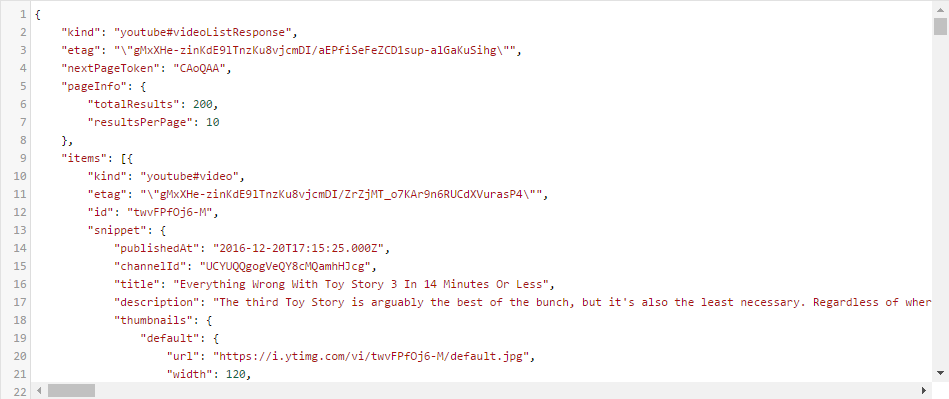JSON
Introduction
JSON stands for JavaScript Object Notation and is a data format that stores objects as key-value pairs. It was originally designed by Douglas Crockford in 2000 as a replacement for XML. JSON syntax looks like JavaScript object literal notation, but the keys must be wrapped in quotation marks and there cannot be comments.
JSON stands for JavaScript Object Notation
JSON stands for JavaScript Object Notation, and it's a text-based data interchange format. It can be used to represent many different types of information, such as images or text.
JSON is not case sensitive; the letters 'a', 'b', and 'c' are all considered different values in JSON. Additionally, there are only 128 characters available in your data when you're using JSON format; these include numbers 0 through 9 (with no spaces), lowercase letters a through z (with no spaces), uppercase letters A through Z (with no spaces), dashes - , hyphens - , periods . , commas , colons : , slashes / , curly braces { }, square brackets [] , parentheses () , quotes " , single quotes ‘ ; double quotes.
JSON is a data format that stores objects as key-value pairs
JSON is a data format that stores objects as key-value pairs. The syntax of JSON is based on JavaScript, but it can be converted into other languages such as C# or Ruby.
The advantage of using this format is that it's easy to read and write for humans, which makes it perfect for sharing your app's state across devices or servers that are not connected online at the same time (like when you're working offline).
JSON syntax looks like JavaScript object literal notation, but the keys must be wrapped in quotation marks and there cannot be comments.
JSON syntax looks like JavaScript object literal notation, but the keys must be wrapped in quotation marks and there cannot be comments.
It's case-insensitive, so you can use both uppercase and lowercase keys without worrying about your script getting confused by capitalization.
The reason why this matters is because some browsers (like Firefox) use unicode characters to represent the data type when parsing text; if these characters aren't present then they'll assume that what you're writing isn't valid JSON!
JSON is a method of storing object data as text but it has limited functionality
JSON (JavaScript Object Notation) is a method of storing object data as text but it has limited functionality.
JSON was created by Douglas Crockford in 1998, and it's a subset of JavaScript with fewer features than other languages like XML or HTML. It's also more compact than XML, because it uses only characters that are valid in ASCII formats.
Conclusion
JSON is a very popular format for storing data in web applications. In this article, we went over some of the key aspects of JSON and how it works. We also looked at some popular libraries that can be used with this format
